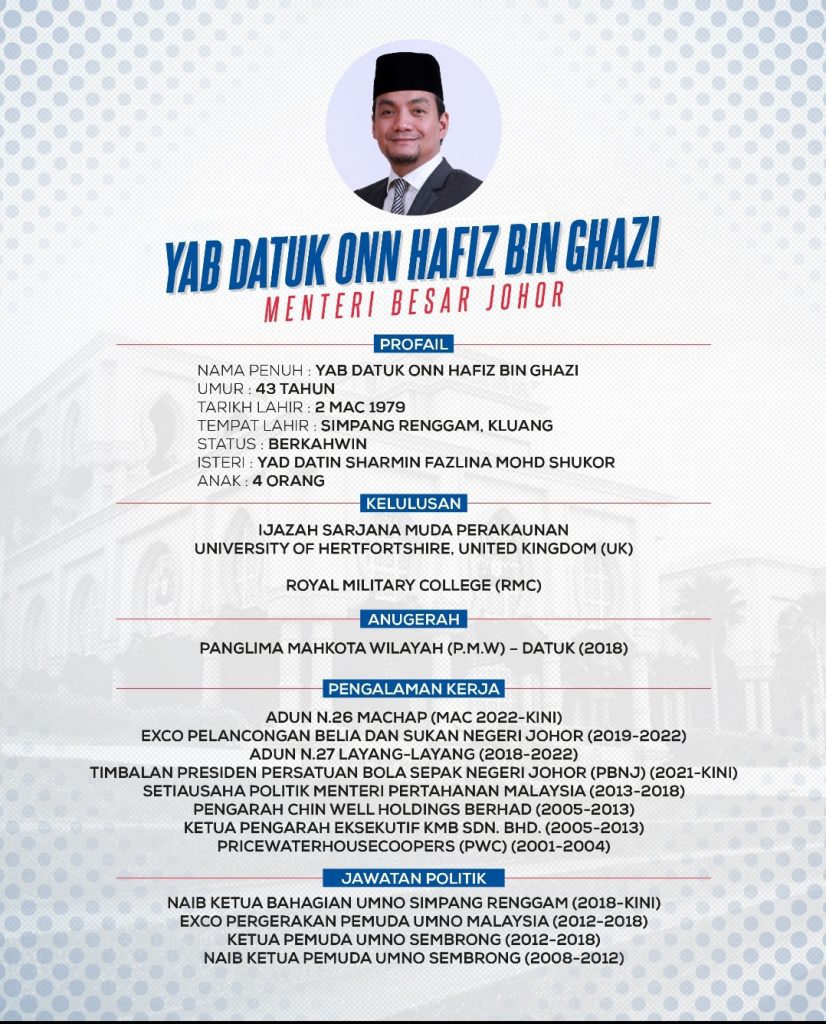Non-nuclear states could provide the much needed ballast to the risk of conventional confrontations and miscalculations.
The increasing prominence of nuclear weapons in national strategies and military arsenals is not an encouraging sign for the current nuclear non-proliferation regime. Recent discourse on its shortcomings emphasised the role of the weapons and the states possessing them, limiting the extent to which non-nuclear weapon states (NNWS) can meaningfully participate. Even Southeast Asia, while not a major player in a traditional sense, is affected by these developments and thus cannot remain idle. In fact, its ongoing participation across regional and international initiatives aimed at nuclear safety and security demonstrates that quieter approaches should also be weighed in addressing the regime’s weaknesses.
The nuclear dimension adds complexity to existing regional tensions and major power competition flashpoints.
The Indo-Pacific hosts several nuclear-armed states as well as countries protected by the US nuclear umbrella, making it a region of strategic concern. Southeast Asia, given its proximity, is especially vulnerable to potential spillover effects. The nuclear dimension adds complexity to existing regional tensions and major power competition flashpoints. From the South China Sea to the Taiwan Strait and even further into the Korean Peninsula, there are concerns that conventional confrontations or miscalculations could escalate into nuclear conflict. By blurring the lines between conventional and nuclear arms use, the deployment or development of low-yield nuclear weapons by states such as China, North Korea, India, Pakistan, Russia and the United States is upending the long-held taboo against nuclear weapons and setting a troubling precedent for greater unpredictability. This behaviour destabilises the regional military balance, where many states are already disadvantaged by limited capabilities and an aversion to involving major powers.
The Treaty on the Non-Proliferation of Nuclear Weapons – the cornerstone of the global non-proliferation regime – has struggled to implement meaningful risk reduction measures since it entered into force in 1970. Its failure to fulfil disarmament obligations has eroded its credibility and disincentivised the participation of non-nuclear weapon states (NNWS). Mounting dissatisfaction saw the creation of the Treaty on the Prohibition of Nuclear Weapons (TPNW), which has yet to gain the force of customary international law among non-signatories and non-ratifiers. Similarly, Cold War-era treaties such as the New START Treaty and the Comprehensive Nuclear-Test-Ban Treaty have also shown such declining commitment. Combined with the absence of meaningful enforcement, both NWS and NNWS have been unmotivated to cooperate.
However, within the non-proliferation regime, alternative mechanisms remain available to foster greater inclusivity and sustain long-term commitment. A renewed push could focus on reinforcing multilateral safeguards and regulatory frameworks for nuclear accidents and disasters, while simultaneously laying the groundwork for a more constructive environment to revive momentum among disenfranchised states.
An illustration of this can be seen in Southeast Asia, where states have worked with the United Nations and the International Atomic Energy Agency (IAEA) to advance nuclear safety, security, and regulatory standards. Through the ASEAN Network of Regulatory Bodies on Atomic Energy, the region has developed frameworks governing nuclear and radioactive materials and related activities. Cooperation with extra-regional partners has expanded to areas including nuclear emergency preparedness and response, environmental radiation monitoring, nuclear forensics, and the trafficking of nuclear and radioactive materials. The breadth of these initiatives highlights the importance of context. In particular, how divergent national perspectives shape the ways non-proliferation issues are prioritised and addressed, which affect prospects for cooperation and national buy-in.
Cooperation in areas such as nuclear safety, safeguards and security can advance progress in less politically contentious domains.
An additional incentive for the region lies in creating a more enabling environment for the peaceful use of nuclear power. As states seek to diversify their energy mix, they will be expected to meet these standards in preparation for the incorporation of nuclear energy. While these programs are still in their infancy, supporting the previously mentioned regional frameworks can demonstrate compliance with IAEA standards while addressing pressing domestic energy security concerns. Cooperation in these areas can act as building blocks to restore political trust and reinforce existing agreements on nuclear safety and non-proliferation. When aligned with domestic priorities, these efforts are likelier to generate the political will necessary for sustained, long-term commitment.
While regional measures exist, questions remain over whether ASEAN member states have the capacity and willingness to elevate their support. Current mechanisms largely function in a coordinating and oversight role. For example, ASEAN’s Protocol for Preparedness and Response to a Nuclear or Radiological Emergency aims to improve coordination among member states during an incident. However, the onus remains on individual states to meet their national obligations as regional protocols only supplement existing arrangements and reinforce commitments under international law. These efforts are hampered by inconsistent levels of national implementation, competing domestic priorities, public sentiment, and ASEAN’s limited enforcement capacity. While there is potential for greater involvement, meaningful progress is unlikely in the short term until such challenges are addressed.
While the efforts pursued by NNWS may not alone be sufficient to prevent nuclear conflict, their contributions should not be discounted. Cooperation in areas such as nuclear safety, safeguards and security can advance progress in less politically contentious domains. Along with likeminded partners in the Global South, Southeast Asia can help create alternative spaces for inclusive confidence-building and dialogue with all nuclear-armed states, rather than limiting engagement to a select few.
This article first published in The Interpreter, 29 September 2025





